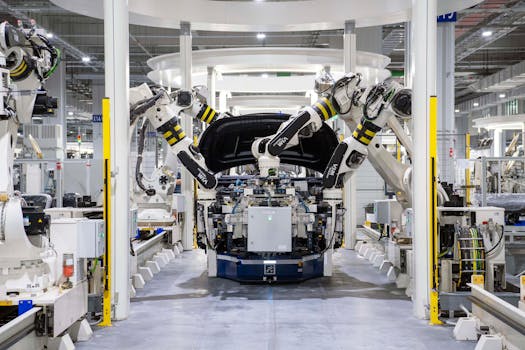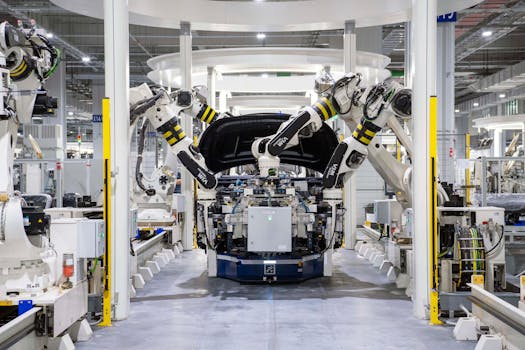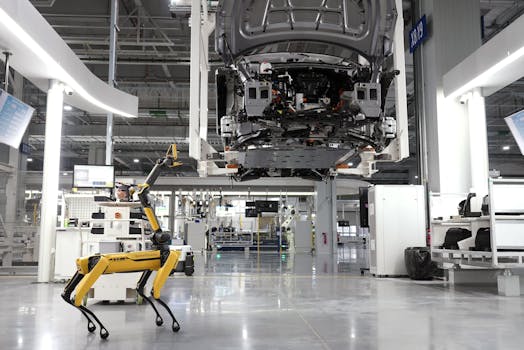
Revolutionizing the Future: Innovations in Robotics and Their Mechanical Components
Takeaways: In this article, we delve into the groundbreaking innovations in robotics, examining how advancements in mechanical components are enhancing automation, efficiency, and functionality across various industries. From artificial intelligence integration to advanced sensors and actuators, we explore the components that are driving these innovations and their implications for the future.
Robotics is at the forefront of technological innovation, transforming industries ranging from manufacturing to healthcare. The continuous evolution of robotics relies heavily on the advancement of mechanical components, which are the backbone of robotic systems. This blog post explores these innovations, highlighting their significance and impact on various sectors.
The Role of Mechanical Components in Robotics

1. Actuators: The Heart of Robotics
Actuators are devices that create motion in robots. They convert energy into mechanical motion, allowing robots to perform a variety of tasks. Recent innovations in actuator technology, such as the development of smart actuators that integrate sensors, have significantly enhanced the precision and control of robotic movements.
These smart actuators can adjust their performance in real-time based on feedback from their environment, which is crucial for applications in dynamic settings like healthcare and manufacturing. For example, surgical robots now utilize advanced actuators that enable delicate movements with extreme accuracy.
2. Sensors: Enhancing Perception
Sensors are vital for robots to perceive their surroundings. They gather data about the environment, which robots use to make decisions. Innovations in sensor technology, including LiDAR, infrared, and vision systems, have vastly improved the capabilities of robots.
Modern sensors allow robots to navigate complex environments, detect obstacles, and recognize objects. In agriculture, for instance, robots equipped with advanced sensors can monitor crop health and optimize resource use, leading to increased efficiency and sustainability.
3. Gears and Mechanical Design
The mechanical design of a robot, including its gears and joints, is crucial for its functionality. Innovations in materials science have led to the development of lightweight yet durable materials that enhance the performance of robotic systems.
Furthermore, advancements in gear design, such as the use of flexible gears and 3D-printed components, allow for more compact and efficient robotic designs. These innovations enable robots to operate in tighter spaces and perform tasks that were previously impossible.
Applications of Robotics Innovations

1. Manufacturing
In manufacturing, robotics has revolutionized production lines. Automated robots equipped with advanced actuators and sensors can assemble products with high precision and speed. Innovations in collaborative robots (cobots) allow human workers to work alongside machines safely, enhancing productivity and safety.
2. Healthcare
Robotics is transforming healthcare through surgical robots that enhance precision in complex procedures. Innovations in robotic prosthetics and exoskeletons are improving the quality of life for individuals with mobility impairments. These advancements rely heavily on sophisticated mechanical components that enable fine motor control and adaptability.
3. Agriculture
In agriculture, robotic systems are being utilized for planting, harvesting, and monitoring crops. The integration of sensors and AI in agriculture robots allows for precision farming, which optimizes yield while reducing waste. Innovations in mechanical components have made these systems more efficient and effective.
Conclusion








